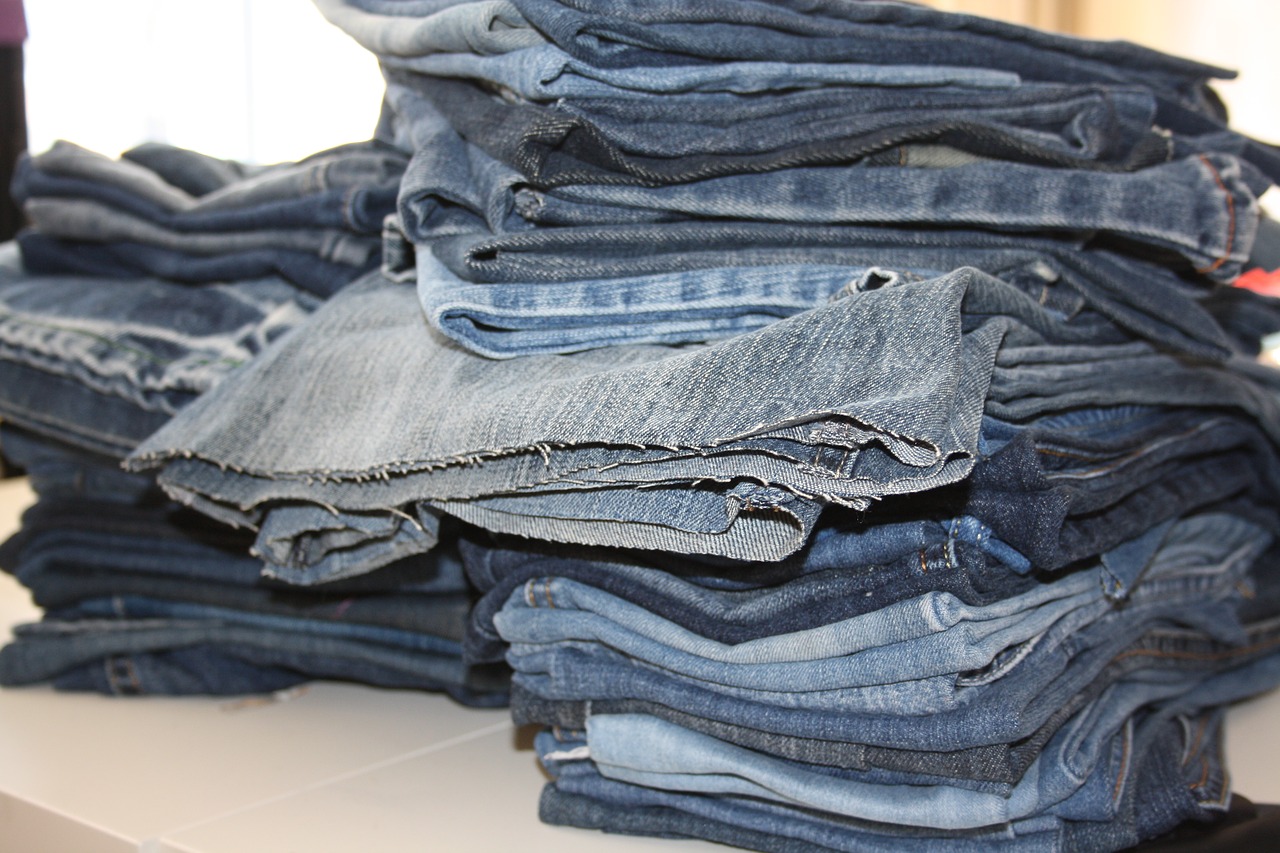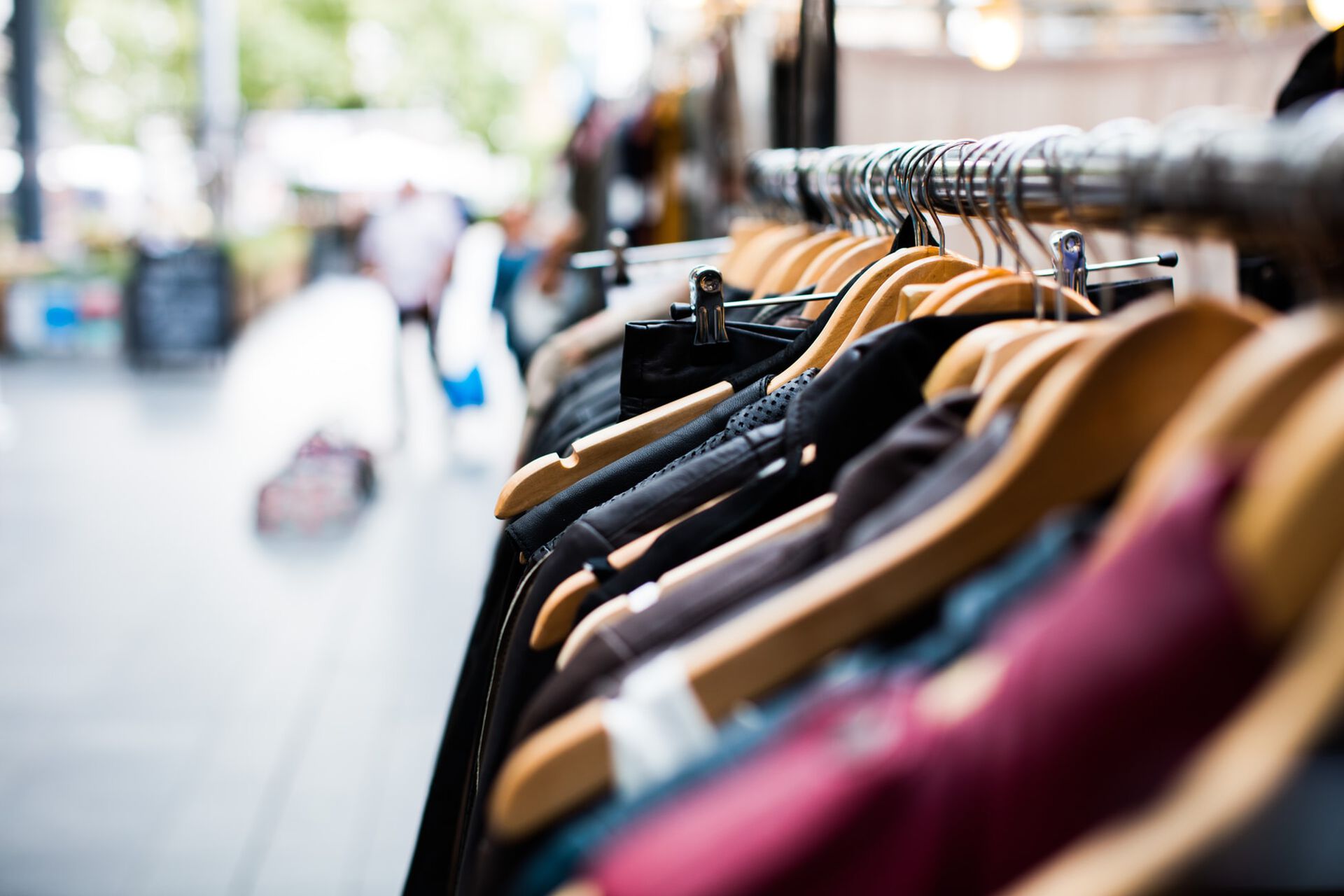The textile industry is a resource-intensive, high-impact industry. And everyone following the news probably knows that the textile business is not the most sustainable of industries. But how can we make this industry become more sustainable and circular?
There is no doubt that we must change the way we produce our clothes. However, if the textile industry is to become circular, we also need to change our purchasing habits and improve the ways in which we preserve raw materials by recycling old clothes into new fibres.
Buying more than ever before
Our consumption of clothes is growing every year, and at the same time, the lifetime of the garments we purchase is becoming increasingly shorter.
Nowadays, a t-shirt is often thrown away less than three years after purchase. And most of the time, it ends up together with our standard household trash and is incinerated as household waste.
However, some people make an effort to ensure that their ‘old’ clothes get collected separately. But because there are textile-waste containers that are not waterproof, a simple rain shower might render all the clothes in them unsuitable for recycling.
Another recent and increasingly important problem is that people are dumping their household waste in the textile containers, which also makes the clothes in them unfit for recycling.

Poor recycling causes pollution
Once the clothes in the textile containers have been collected, they are sorted into categories: reusable clothes, recyclable clothes – usually for making cleaning rags or insulation – and unusable clothes to be incinerated.
The re-usable clothes are mainly sent to Eastern Europe, Asia and Africa, where they will eventually become waste. Although the exact journey of this textile waste is unknown, the clothes will most probably end up in a landfill. And if they do, this could result in a loss of recyclable raw materials and possible environmental damage, as the chemicals used in producing the clothes may leak into the ground.
Blended materials, misleading labels
The category ‘recyclable clothes’ also involves several hurdles. One of them is that we are buying more and more clothes that are made of blended materials, these materials are very difficult to recycle.
Another hurdle is the category clothes made of more than one type of fabric.
Take a jacket for example: the outer shell may be made of the cotton mixed with elastane (blended material), while the lining is a mix of polyester and viscose. Such clothes are completely unsuitable for recycling because they cannot be transformed into new fibres or cleaning rags.
A further challenge is that the clothing labels are often wrong, and that tests will frequently show that the item is made of different materials than the ones cited on the label. However, in order to recycle textiles properly, it is vital to know which materials they are made of.
Better recycling methods needed
Another problem is that current technology is not able to recycle back to the standard of new raw material. We are in desperate need of new recycling methods to create new, strong fibres from old clothing.
For instance, there are currently no recycling methods available to produce new and strong cotton fibres from an old cotton t-shirt. This means that to produce new cotton clothes, recycled fibres still need to be combined with new, virgin fibres in order to create cotton yarn that is strong enough.
Moreover, many recyclers state that their current margins are very slim, making it increasingly difficult for their businesses to stay afloat.
Continuing with business as usual is not an option
So far, only a few players in the fashion industry have taken their first steps towards a more circular approach. These frontrunners are producing clothes of partly recycled fibres in an increasingly sustainable manner.
Even though innovation in recycling is progressing, more innovation is needed to make durable, strong fibres that can replace virgin fibres in the production of new clothes.
Business has shown that things can change, as some clothes are now being produced more
sustainably. The volume of these clothes is still marginal, but the mere fact that it can be done, creates possibilities for politicians who are serious about promoting recycling and working towards a circular economy.
Trash in is trash out
Currently, however, policies established by local authorities are often conflicting when on the one hand they preach working towards a circular economy, while on the other they favour price before quality for recycling services, and welcome fast fashion chain stores selling cheap and low-quality clothes.

As with anything else: trash in is trash out. Why even bother to collect used clothes if all we buy and later throw away is cheap, low-quality clothes that cannot be recycled?
EU governments urgently need to step up to drive innovation in recycling to a higher level. Policies and incentives should be introduced to support innovation, and reward and promote the sustainable production of clothes designed to last longer, and that can be recycled more easily.
Policies that treat old clothes as valuable raw material could be implemented, and recycling contracts could be awarded based on what will be done with the clothes – instead of on price – which would encourage more innovation in recycling. Separating old clothes for recycling could be made mandatory.
Policymakers should support sustainable production and find ways to make sustainably designed and produced clothes affordable for all: for instance, through a lower VAT tariff. And then ban fast fashion stores selling low quality clothes from our shopping malls, instead of welcoming them.
Buy less
We as consumers should also do our part to contribute to increased sustainability. If our economy is to become circular, there is no other option than to start buying less and more sustainably.
This means that we should take better care of our clothes to increase their lifetime. We need to separate our waste streams so that more of the things we no longer want or need, can be recycled properly.
Publicly available information on the environmental and social impact of consumerism on the
countries producing our clothes and gadgets would be welcome. It would also be helpful if we introduced product labels that indicated how sustainable any given item is: maybe red, yellow or green?
Such information could perhaps influence people to adopt more sustainable purchasing habits. After all, would you still buy a t-shirt if you knew that the cotton in it was not only grown using a multitude of pesticides polluting both soil and water, but was also harvested by children, having a red label and being only 50 pence cheaper than a yellow or green labelled shirt?

Future generations
When making plans for the future, we should begin by teaching future generations of consumers – the teenagers protesting against global warming – about sustainability. They need to learn how to take care of their clothes – and of course other consumer goods – and recycle. Sustainability should be made a mandatory part of the school curriculum, in order to become truly circular in 2050.
Unfortunately, this essential aspect – consuming less and more sustainably – is not a part of the current political discussion. So, are we going to shop until we literally drop?
The SMART project is funded by the EU’s research and innovation programme Horizon 2020 and led by the University of Oslo. Researchers from 25 institutions across the world are involved in the project, and together they are studying the barriers and drivers for market actors’ contribution to achieving the UN Sustainable Development Goals within the planetary boundaries.



